Is hood necessary for 30' Viking stove?
imajanine
16 years ago
Featured Answer
Comments (16)
jejvtr
16 years agobeatrix_in_canada
16 years agoRelated Professionals
Highland Kitchen & Bathroom Designers · Midvale Kitchen & Bathroom Designers · Springfield Kitchen & Bathroom Designers · United States Kitchen & Bathroom Designers · Woodlawn Kitchen & Bathroom Designers · Covington Kitchen & Bathroom Designers · Lisle Kitchen & Bathroom Remodelers · Lyons Kitchen & Bathroom Remodelers · Santa Fe Kitchen & Bathroom Remodelers · South Jordan Kitchen & Bathroom Remodelers · Gibsonton Kitchen & Bathroom Remodelers · Mount Prospect Cabinets & Cabinetry · Saugus Cabinets & Cabinetry · White Oak Cabinets & Cabinetry · Tabernacle Cabinets & Cabinetrypaul_ma
16 years agopaulmlemay
16 years agomccall
16 years agomimsic
16 years agogizmonike
16 years agomccall
16 years agomimsic
16 years agomccall
16 years agomimsic
16 years agoflave364
16 years agogreenbergm06
16 years agobeegoode
16 years agofandlil
16 years ago
Related Stories

KITCHEN DESIGNWhat to Know When Choosing a Range Hood
Find out the types of kitchen range hoods available and the options for customized units
Full Story
KITCHEN DESIGNHow to Choose the Right Hood Fan for Your Kitchen
Keep your kitchen clean and your home's air fresh by understanding all the options for ventilating via a hood fan
Full Story
KITCHEN APPLIANCESThe Many Ways to Get Creative With Kitchen Hoods
Distinctive hood designs — in reclaimed barn wood, zinc, copper and more — are transforming the look of kitchens
Full Story
KITCHEN DESIGNA Cook’s 6 Tips for Buying Kitchen Appliances
An avid home chef answers tricky questions about choosing the right oven, stovetop, vent hood and more
Full Story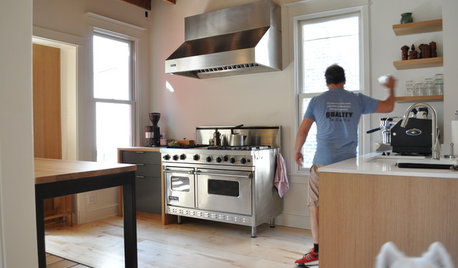
KITCHEN DESIGNPro Chefs Dish on Kitchens: Paul Kahan Shows His Urban Sanctuary
Peek inside Kahan's newly redone home kitchen and learn what he considers most important for a cooking space
Full Story
KITCHEN APPLIANCESLove to Cook? You Need a Fan. Find the Right Kind for You
Don't send budget dollars up in smoke when you need new kitchen ventilation. Here are 9 top types to consider
Full Story
HOUSEKEEPINGHow to Clean Your Range and Oven
Experts serve up advice on caring for these kitchen appliances, which work extra hard during the holidays
Full Story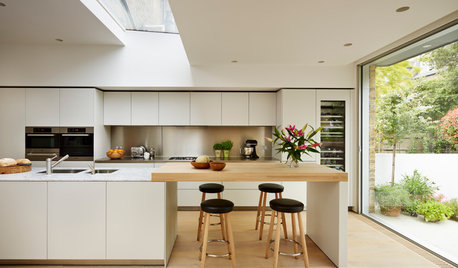
MATERIALSKitchen Ideas: How to Choose the Perfect Backsplash
Backsplashes not only protect your walls, they also add color, pattern and texture. Find out which material is right for you
Full Story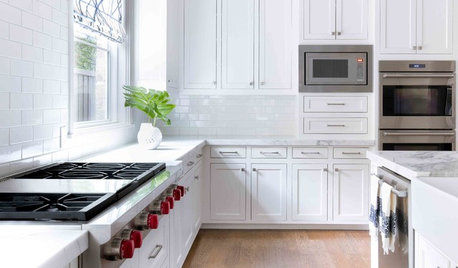
KITCHEN APPLIANCES9 Places to Put the Microwave in Your Kitchen
See the pros and cons of locating your microwave above, below and beyond the counter
Full Story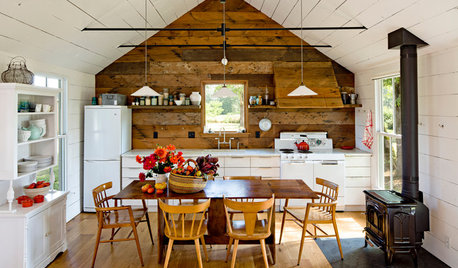
KITCHEN DESIGNA Single-Wall Kitchen May Be the Single Best Choice
Are your kitchen walls just getting in the way? See how these one-wall kitchens boost efficiency, share light and look amazing
Full Story





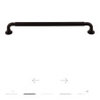


greenbergm06